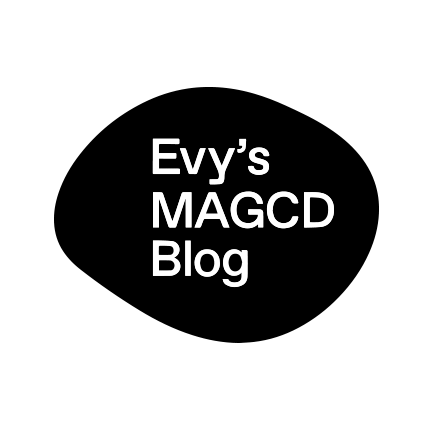01 Recap –
Starting with an open ended investigation. We used the first week to analyse the object from as many angles as possible, not only through textual but also through visual research, we used all approached the object using different software, not only interrogating the subject but digging deeper into the context in which the spikes exists. We tried to keep a wide perspective instead of narrowing down on positions very early as we considered valuable to question the object outside of our moral and cultural framework. Through the use of symbols, 3D modelling and illustration, we explore the concept of “hostility”, and narrow down our position towards a more critical and informed approach.
The second week we focused on building on our positions touch-points and on using our visual experiments to produce a reader aimed to inform and raise awareness about hostile architecture, as well as serve as a container that synthesises and constructs a unified language around our research.





02 A unified visual language –
A big part of this project has been engaging with the iterative practice of curation, looking at our visual experimentation and discerning what to take forward and in what form shape. Due to our common backgrounds in illustration, there was commonality around our interest in image making. We decided to use this interest to create a unified visual based on spot colour and contrast as a conducting thread throughout our publication. Below are some examples of some of the image treatments that where translated later into the publication.





03 Construction –
The publication’s structure was particularly complex for a small book, but we managed to organise all the content in a way that exposes our position from a broad point of view to a narrower, more emotional interpretation towards the end. For us, it was important to convey this sense of rhythm through our work, as we wanted to achieve a piece of work which could be thought provoking but also provide tactile interaction. The publication is made out of 5 different booklets that together build a unique picture about the architectural spikes and their context within wider society, more specifically in London.




04 Symbolism –
We were interested in looking for ways to represent not only the objects, but also the feelings they convey when put in context. This was achieved by creating a progressive visual representation of the spikes which could be used to symbolise different levels of “hostility”, applied throughout the publication’s themes and subjects. This is particularly important because if creates a simple tool to measure, represent and evaluate the core theme around the Architectural Spikes through the means of graphic communication design.


05 Content –
a) The introduction serves as a starting point to find out more about hostile architecture and set the tone for the research to be presented in this publication. It uses slightly cryptic and uncomfortable imagery, looking to tease the reader into thinking more critically around the subject and build connections with their own lived experience.


b) Followed by a series of external remarks, the Timeline of Hostile Architecture looks at the incidence of this type of objects mainly in western media, and the reactions around the subject. Using the same language of the architectural spikes, this graphic aims to illustrate important moments, origin shifts and public reactions to this particular sort of urban design strategies.


c) The third part looks at the issue of hostile architecture in relation to homelessness in London, creating a moral and social parallel to the way this object is contextualised and interpreted. The use of colour through the publication is intended to build up on the severity of the issue, to the point we can introduce stats and relevant information around the issue with urgency yet
Looking for shelter – A journey through Westminster, documents a reflective experiment looking to understand the level and nature of architectural hostility in Westminster, the borough with the highest incidence of rough sleeping in the capital. For this experiment, we use Google Earth to re-enact the activity of looking for shelter, and documents the environmental factors using the “hostility level” scale.



